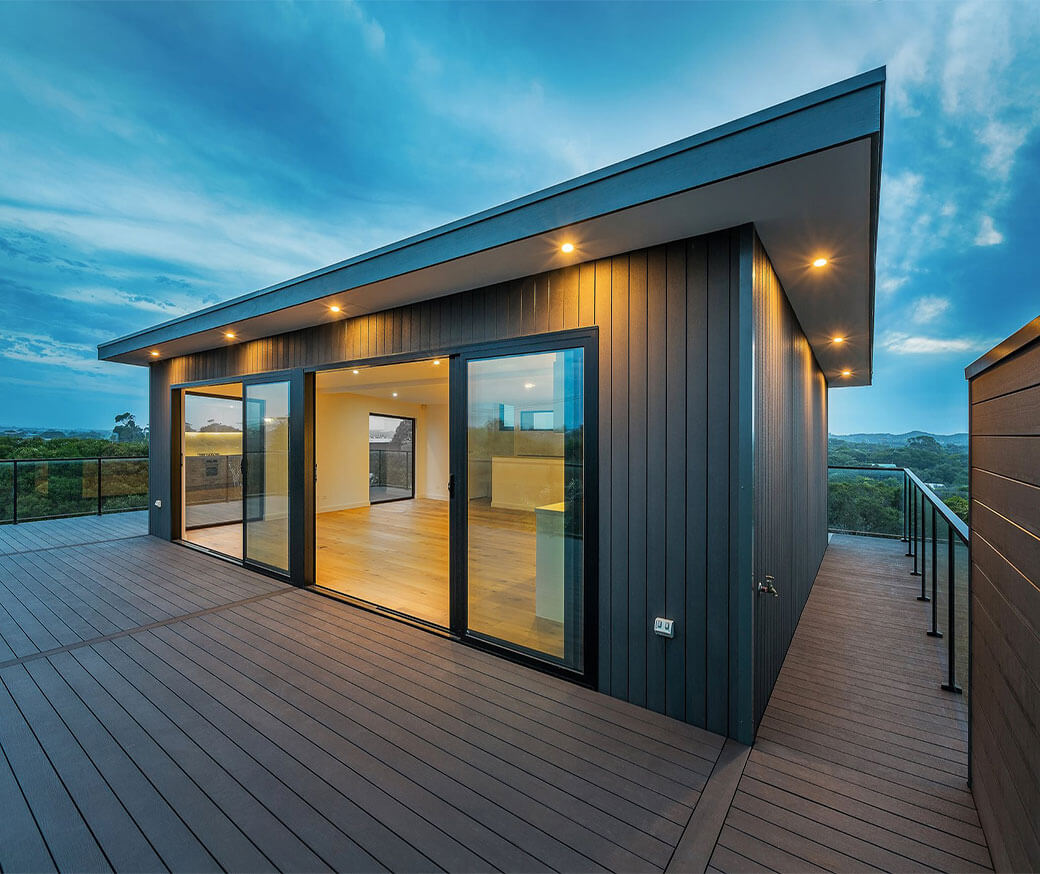
Why Choose WPC wood cladding for your exterior walls
February 25, 2022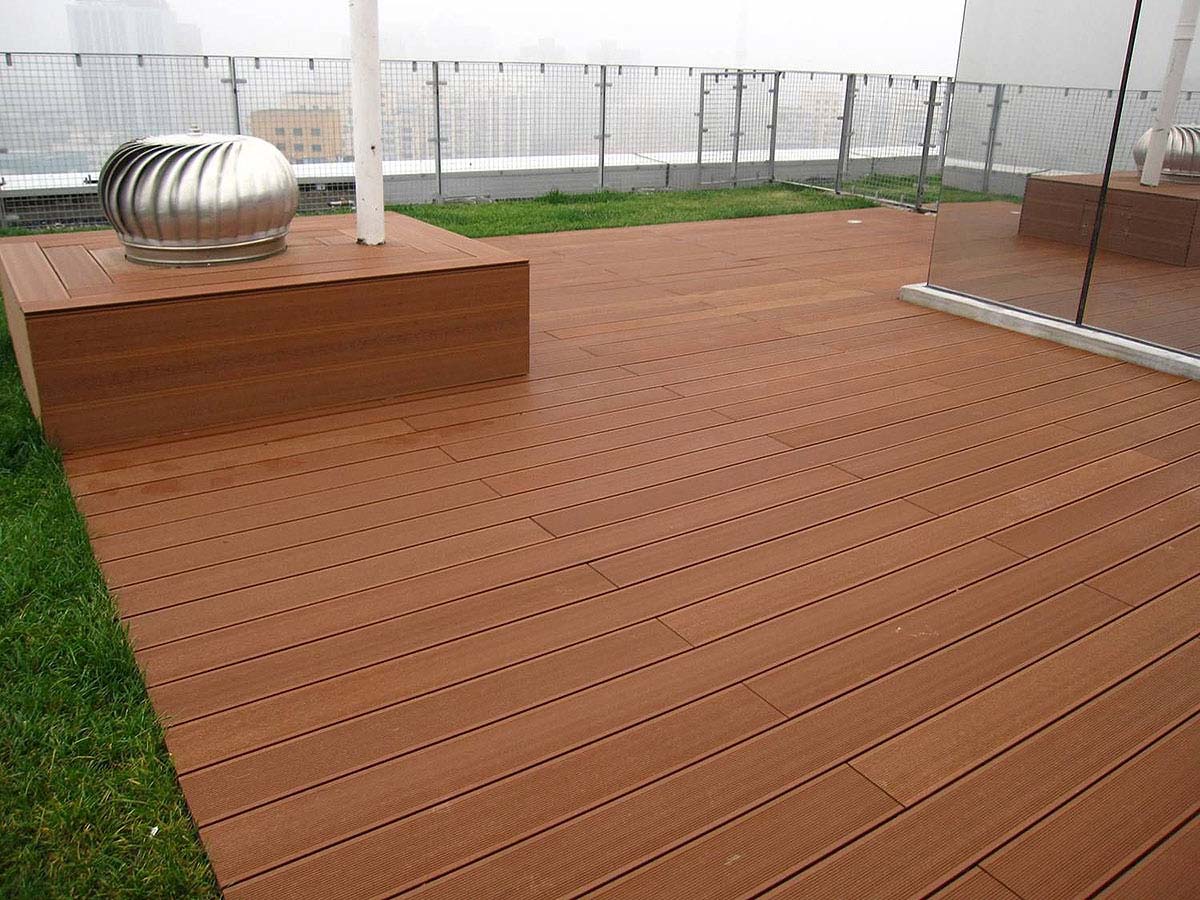
Functional Trends in Foamed WPC Materials: A Path to Innovation
March 14, 2022”
When Your Home’s Outer Layer Does Double Duty
You know that feeling when you see a house that just works? Where the exterior makes you do a double-take before you even notice the architecture? That’s the magic of cladding working overtime. As someone who’s renovated three homes, I can tell you cladding is like the Swiss Army knife of building materials – it’s not just about looking pretty.

Let me break it down simply: cladding is your home’s protective jacket and its fashion statement rolled into one. Remember that time my neighbor’s wooden siding rotted after a harsh winter? That’s exactly why modern materials matter. Today’s options – from sleek metal panels to composite wood alternatives – aren’t just sitting there looking photogenic. They’re actively fighting moisture, blocking wind, and even helping keep heating bills in check.
What most folks don’t realize? Your cladding choice can completely transform a home’s personality. I recently saw a 1970s brick house get a facelift with vertical cedar battens – suddenly it looked like a modern Scandinavian cabin! The secret sauce? Materials that work harder than a caffeine-fueled contractor.  Thermal performance isn’t just technical jargon – it’s the difference between shivering by the window and cozying up with hot cocoa while snow piles up outside.
Thermal performance isn’t just technical jargon – it’s the difference between shivering by the window and cozying up with hot cocoa while snow piles up outside.
Here’s a pro tip I learned the hard way: good cladding should make you forget it’s working. Like that time I used rainscreen cladding on my lakehouse – the walls breathe like yoga instructors, preventing moisture buildup without any fuss. And let’s be real, who doesn’t want a home that looks magazine-ready while secretly being as tough as a football linebacker?
Ever wonder why newly clad houses suddenly look more ‘expensive’? It’s all in the details. The right material combination can create shadow lines that play with sunlight, or texture that catches the eye. Next time you’re house-watching, notice how the pros use cladding to accentuate rooflines or make ordinary walls dance with visual interest. Trust me, it’s more exciting than it sounds!
Composite Wood Cladding: The Secret Sauce for Outdoor Shelving That Actually Looks Good
You know that awkward moment when your outdoor storage looks more like a garage sale than part of your backyard oasis? I’ve been there too – until I discovered how composite wood cladding can turn basic shelving into a design feature. These textured panels aren’t just pretty faces; they’re like the reliable friend who shows up to help you move AND brings pizza.
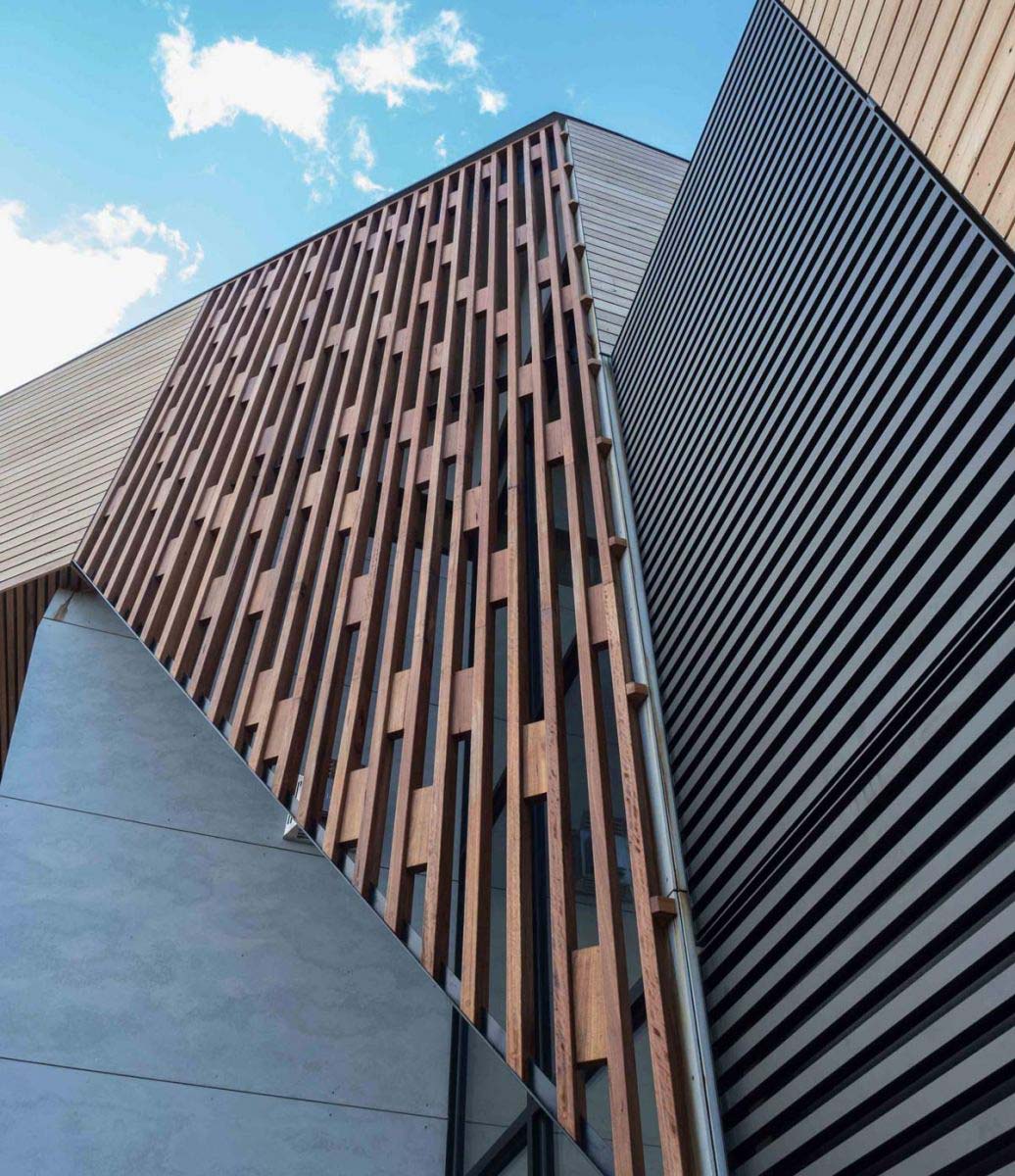
Last summer, I helped my neighbor transform her bland concrete storage wall using composite cladding from Plastory. What surprised us both? The honey-toned panels didn’t just hide her gardening tools – they created this warm, cabin-like vibe that made her patio instantly cozier. The best part? When it poured rain the next week, we didn’t have to panic about warping or water damage.
Here’s the kicker: good cladding works harder than a caffeine-fueled landscaper. Those vertical grooves? They’re not just for looks – they help water drain away instead of pooling. The earthy color variations? They cleverly disguise dirt and scratches better than my favorite pair of jeans. And let’s be real, anything that means less scrubbing with a pressure washer gets my vote.

Pro tip from my trial-and-error experience: Go for boards with subtle texture rather than super-smooth finishes. They handle weather changes better – I learned this the hard way when my first attempt developed a shiny plastic look after one brutal winter. The textured ones from Plastory? Still going strong three seasons later, looking better with age like a well-loved leather jacket.
Want to really make it pop? Try mixing cladding colors vertically – dark walnut at the bottom fading to honey oak up top. It creates this cool layered effect that makes even basic metal shelves look intentional. Bonus: The color gradient helps disguise any uneven items you store. Smart, right?
Here’s what most people don’t realize: Your cladding choice impacts what you can store. With the right composite panels, you’re not limited to lightweight decor – I’ve safely hung heavy tools and even small potted trees on mine. Just make sure your mounting system can handle the weight, and maybe don’t try hanging your bicycle like I did that one time…
When it comes to breathing new life into outdoor spaces, I’ve found cladding to be the unsung hero of garden design. Picture this: instead of plain concrete walkways, why not use textured stone cladding to create garden paths that feel like nature’s own artwork? I recently helped a neighbor line their winding trail with slate panels from Plastory, and honestly, it turned their muddy footpath into something you’d see in a botanical garden!
Raised planters became my new obsession after seeing how cedar wood cladding can transform plain concrete boxes into rustic-chic garden features. The magic happens when you match the cladding material to your existing hardscape – imagine coordinating your planter boxes with the same composite wood used for your decking. It’s like giving your garden a tailored suit!
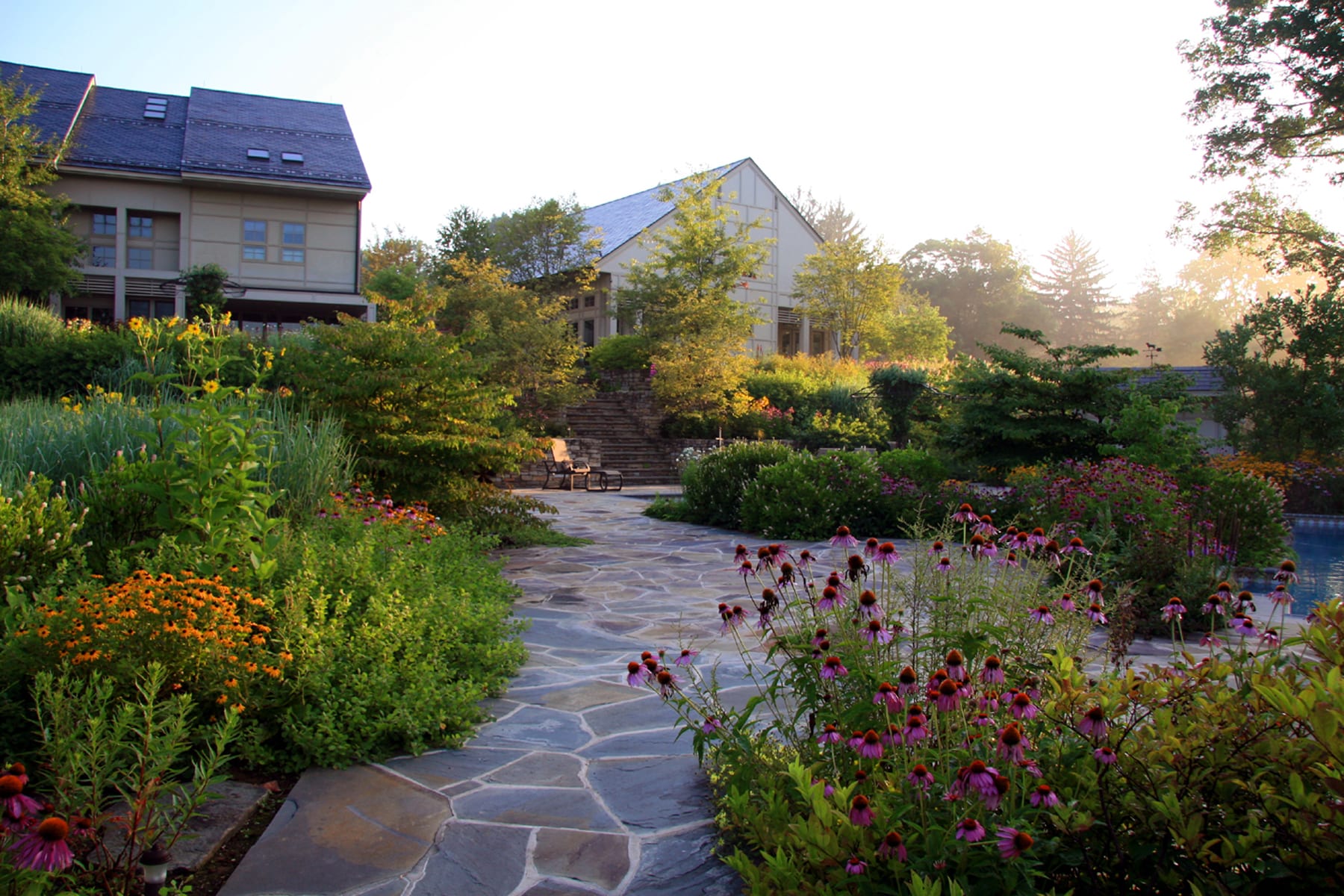
Here’s a pro tip I picked up from landscape designers: use vertical cladding on retaining walls to create instant visual depth. That rough-sawn timber treatment you love on house exteriors? It works wonders on garden boundary walls too. And don’t get me started on architectural accents – a cladded pergola post isn’t just structural support, it becomes a design statement that ties your whole outdoor space together.
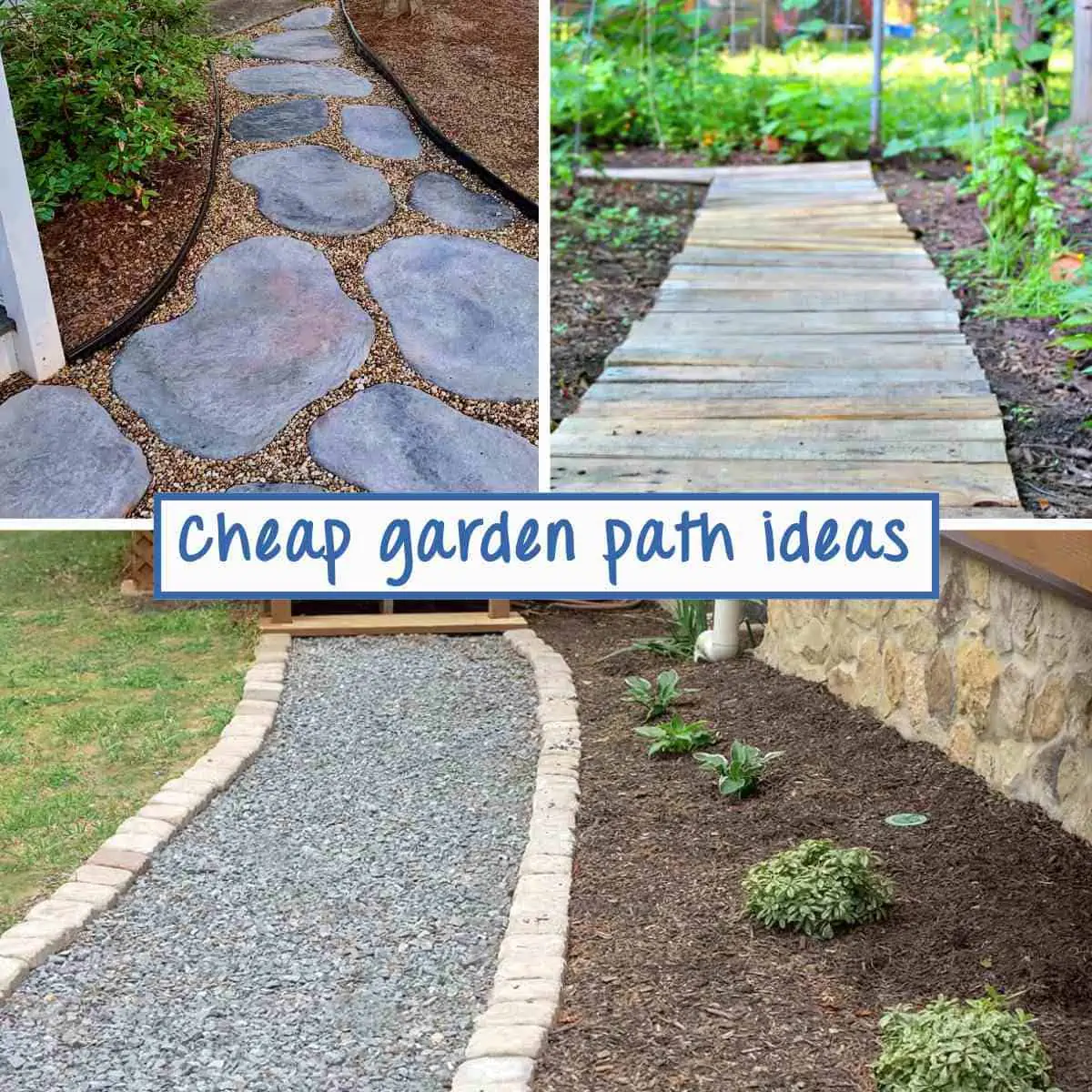
Ever thought about mixing materials? Try pairing stone cladding at the base of features with wooden slats above – this combo creates natural-looking transitions that fool the eye into seeing more space. The real game-changer though? Moisture-resistant options like Plastory’s composite cladding that laugh in the face of rainy seasons while keeping that natural wood aesthetic we all crave.
So next time you’re eyeing that bland garden corner, ask yourself: Could some strategic cladding turn this eyesore into the star of your backyard? Trust me, it’s cheaper than a full renovation and gives you that ‘landscape architect’ cred without the degree!
Breathing New Life into Outdoor Seating Areas
When I first experimented with composite cladding around my patio furniture, I was blown by how it transformed our tired-looking seating area into a polished outdoor living space. The right exterior cladding material does more than just protect your benches and tables – it becomes the secret sauce that ties your entire landscape design together.
Composite cladding works like a chameleon for outdoor settings. I’ve used textured woodgrain panels from quality suppliers that perfectly mimicked teak at a fraction of the cost, creating seamless transitions between our stone patio and wooden pergola. The magic happens when sunlight hits those ribbed surfaces – suddenly your basic bench becomes a sculptural element that catches shadows in the most artistic ways.

What really sold me on composite materials? Their ninja-like resistance to the elements. Unlike traditional wood that warps faster than a pretzel in summer humidity, these modern claddings laugh in the face of UV rays and rain showers. My coffee-stained patio table from last season? The cladding around it still looks freshly installed – just needs a quick hose-down every few months.
The installation process surprised me too. With tongue-and-groove systems from brands like Plastory, even a DIY novice can create pro-looking results. I recently helped a neighbor frame their new fire pit seating area using interlocking panels that clicked together like giant Lego pieces. Pro tip: Use contrasting colors to define different zones – dark charcoal cladding under light wood benches creates depth that makes small spaces feel intentionally designed.

Ever noticed how restaurant patios always feel inviting? They’re using the same trick – durable cladding that withstands heavy foot traffic while maintaining its good looks. I’ve started incorporating LED strip lighting into the grooves of my cladding panels. When dusk falls, the ambient glow makes our outdoor dining area feel like a permanent sunset party.
For those worried about maintenance (who isn’t?), modern composites are like that low-maintenance friend who always looks put together. No more annual staining marathons – just occasional soapy water washes keep surfaces looking sharp. The best part? These materials age gracefully, developing a subtle patina that actually enhances their character over time.
You know what really transforms outdoor spaces from blah to breathtaking? Architectural cladding used as intentional accents. Let me share an insight from my last landscaping project – when we wrapped a plain pergola column with textured composite planks, it suddenly became the star of the backyard. The magic happens when you play with contrasts: matte vs glossy surfaces, warm wood tones against cool metal, or rough stone textures beside smooth plaster.
Here’s a pro tip I’ve learned over the years: cladding isn’t just for big structures. That mature oak tree in your garden? Framing its base with vertical metal slats creates this awesome modern-rustic vibe. I recently saw a composite cladding installation around a poolside cabana that used alternating wood-grain and smooth panels to create rhythm – pure genius!
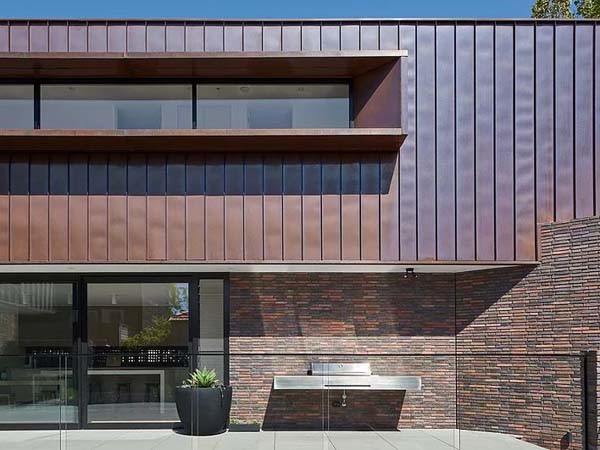
What most homeowners don’t realize is that cladding acts like architectural makeup. That boring concrete planter? Slap on some fluted PVC panels and boom – instant sculpture. I’m particularly fond of using weather-resistant composites for these accent pieces because they let me create bold statements without worrying about rot or warping. Pro tip: Angle your lighting to graze across clad surfaces – the shadows will make textures pop like 3D art!
Ever notice how high-end hotels use material transitions to guide your gaze? That’s exactly what strategic cladding achieves. Try this: clad just the middle third of a garden wall with charred wood planks, leaving raw stone above and below. The eye automatically follows the textural story. And here’s a secret – sometimes less is more. A single clad column in an otherwise plain space can have more impact than cladding everything in sight.

From my experience, the best accent cladding walks that fine line between standing out and blending in. It should say “Look at me!” but also “I belong here.” That’s why I always recommend bringing sample materials on site – see how morning vs afternoon light changes their appearance. Remember, this isn’t just decoration; well-executed cladding accents actually make spaces feel more intentional and designed. So next time you walk past that blank garden structure, imagine what a little material magic could do!
You know that awkward moment when you want privacy but don’t want to feel boxed in? That’s where cladding works its magic as spatial choreographer. I’ve seen some brilliant examples in coastal cafes where weathered timber screens create intimate dining nooks while preserving ocean views – like that perfect balance between cozy and connected.
Architectural cladding acts as the ultimate space whisperer for modern living. These clever surface treatments can define zones better than any solid wall. Picture this: laser-cut metal panels creating a lacy divider between your pool area and outdoor kitchen. They catch sunlight like jewelry while maintaining sightlines – functional art at its best!
Here’s why designers are obsessed with cladding for spatial definition:
- Breathable barriers that play with light/shadow patterns
- Material transparency options from sheer to semi-opaque
- Customizable patterns matching architectural style
- Integrated greenery pockets for living walls
I recently worked on a rooftop project using composite slats arranged in alternating angles. The result? A dynamic privacy screen that changes with the sun’s position – morning coffee spot transforms into sunset cocktail lounge without moving an inch! Check out how this slatted design achieves visual separation while maintaining airflow.
Pro tip from my experience: Match your cladding’s rhythm to the space’s function. Vertical lines emphasize height in cramped areas, while horizontal patterns widen narrow spaces. For those worried about maintenance, new composite materials offer worry-free durability even in harsh weather.
Ever noticed how hotel lobbies use textured stone cladding to subtly guide foot traffic? That’s the genius of tactile wayfinding. In residential settings, try combining wood-effect panels with trailing plants – nature’s version of a ‘keep out’ sign that’s way more welcoming!
What’s your biggest challenge in open-plan spaces? For me, it was separating a home office from living area without creating cave-like darkness. The solution? Backlit resin panels that glow like amber when working, turning transparent during movie nights. Spatial chameleons at their best!
When Water Meets Walls: The Magic of Cladding in Aquatic Design
You know what really makes my designer heart sing? Discovering materials that bridge indoor and outdoor spaces seamlessly. Let’s talk about how cladding becomes the unsung hero around water features – those ponds, fountains, and reflecting pools we all love.

Last summer, I worked on a patio project where the client wanted a koi pond that didn’t look like it crashed the garden party. That’s where moisture-resistant WPC cladding came to the rescue. We used Oakio’s Proshield boards to create this beautiful transition from the deck to the water’s edge – no more awkward concrete lips!
Why It Works
Water features can feel disconnected if not properly framed. The right cladding acts like a visual handshake between your pond and patio. I’ve found that textured materials create wonderful light plays – morning dew on ribbed surfaces? Chef’s kiss!

Here’s a pro tip from my toolkit: Always extend cladding a few inches below water level. It creates that magical ‘floating’ effect everyone’s obsessed with on Instagram. And don’t get me started on maintenance – the amount of time I’ve saved clients by using weatherproof composites instead of natural wood near splashing zones? Priceless.
Real World Magic
Remember that rooftop infinity pool trend? I recently saw a brilliant execution using alternating cladding profiles – smooth horizontal planks meeting vertical grooves. The water literally looked like it was pouring into the city skyline. Mind. Blown.
What’s your biggest water feature headache? Warping materials? Algae stains? I’ve been there. That’s why I now swear by cladding solutions that laugh in the face of moisture. Trust me, your future self will thank you when spring cleaning rolls around.
You know what really brings an interior space to life? Those subtle textural contrasts that make your eyes dance around the room. Let me tell you about this game-changing design trick I’ve been obsessing over lately – using cladding as intentional decorative statements. Picture this: matte-finish wood panels running vertically from floor to ceiling, creating this gorgeous rhythm that plays off against smooth plaster walls. It’s like the walls are wearing jewelry!
Here’s where the magic happens – when you pair cladding with unexpected surfaces. Take that awkward space where the wall meets the ceiling. Instead of basic crown molding, why not wrap it in warm timber battens? I recently tried this in a client’s Craftsman-style home using composite cladding that mimics reclaimed barnwood. The result? Instant character that ties together their exposed beams and hardwood floors.
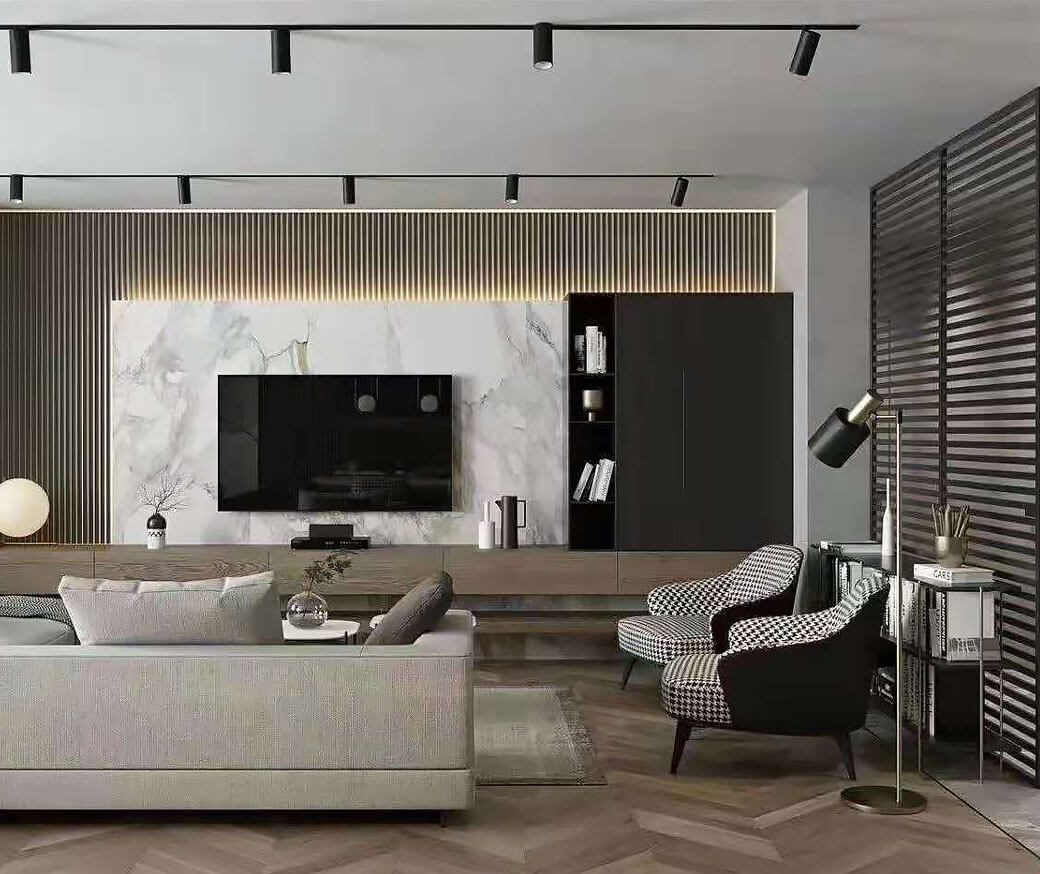
Wainscoting got a modern makeover in my book. Forget those traditional raised panels – I’m loving how ribbed PVC cladding adds subtle texture without feeling stuffy. Pro tip: go about 42″ high (that’s standard chair rail height) but use materials you’d normally see outdoors. The contrast between the rugged lower section and smooth upper walls creates such inviting depth. Bonus? It’s practically kid-proof!
Now let’s talk about the secret sauce – mixing materials. In a recent kitchen renovation, we paired glossy subway tile backsplash with rough-sawn cedar cladding on the range hood surround. The combination of sleek and organic elements made the space feel both modern and welcoming. Want to really make it pop? Backlight thin stone veneer cladding for that ethereal glow – perfect for creating focal points in open-concept spaces.
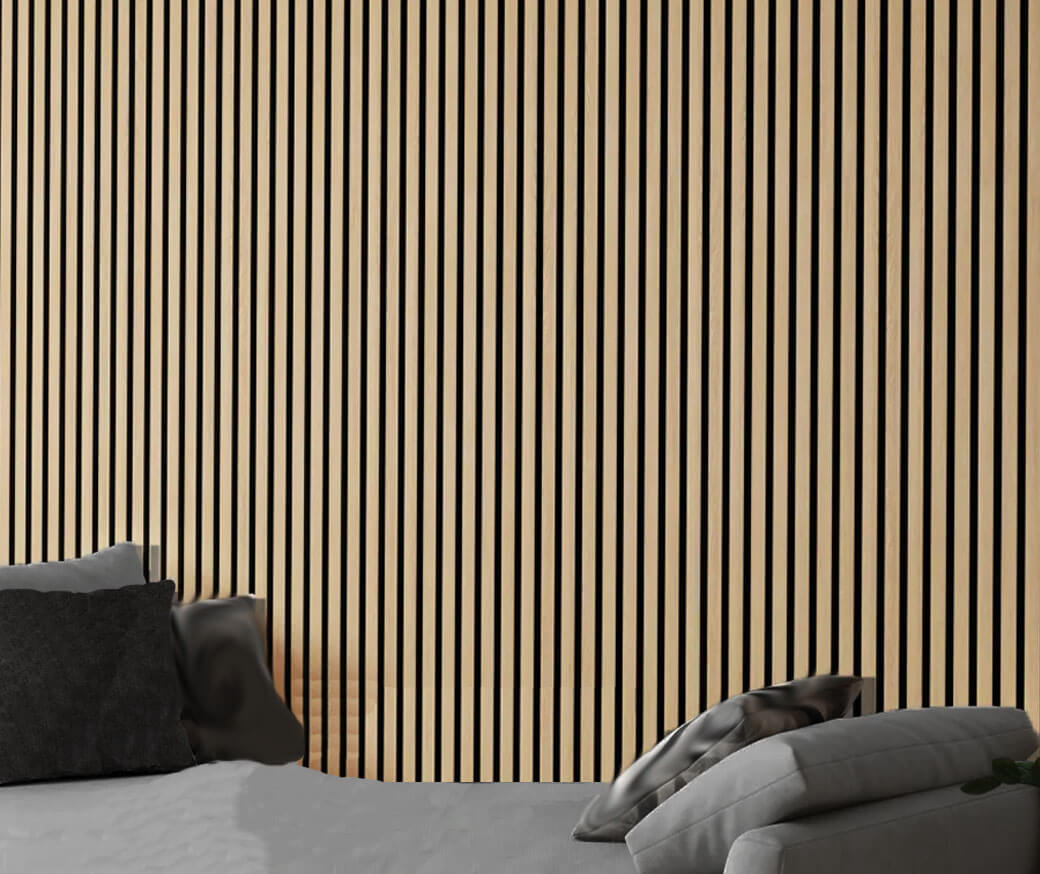
Here’s something most folks don’t consider – cladding isn’t just for walls! Wrapping columns or structural beams in metal cladding can turn necessary evils into striking features. I used copper-toned aluminum panels on a load-bearing post in a loft apartment last fall. Three months later, the natural patina development has clients and guests constantly running their hands over the evolving surface.
Maintenance worries? That’s where modern materials shine. Many composite options now offer the warmth of wood without the fuss. A quick wipe-down keeps them looking fresh, and the color consistency means no worrying about uneven weathering. Pro tip: always get samples to see how materials play with your existing lighting before committing!
Ever walked into a room that just feels ‘complete’ but can’t pinpoint why? Chances are, strategic cladding is working its subtle magic. It’s not about covering every surface, but rather creating those intentional moments of contrast that guide the eye and elevate the entire space. What texture combinations are you itching to try in your next project?
You know what I’ve been loving lately? How creative designers are getting with wall cladding on furniture. It’s like watching boring old furniture get a rockstar makeover. I recently tried wrapping an old headboard with composite wood cladding, and wow – it went from ‘meh’ to masterpiece overnight. The texture completely changed the bedroom vibe, adding this warm, organic feel that paint could never achieve.
What’s cool is how versatile this approach can be. Take room dividers, for example. Instead of those flimsy folding screens, why not create a custom cladded partition? I saw one made with alternating wood and metal panels that became the apartment’s focal point. It’s not just decorative either – the right cladding material can actually make furniture more durable. I’ve had great results with moisture-resistant options in humid spaces like bathrooms.
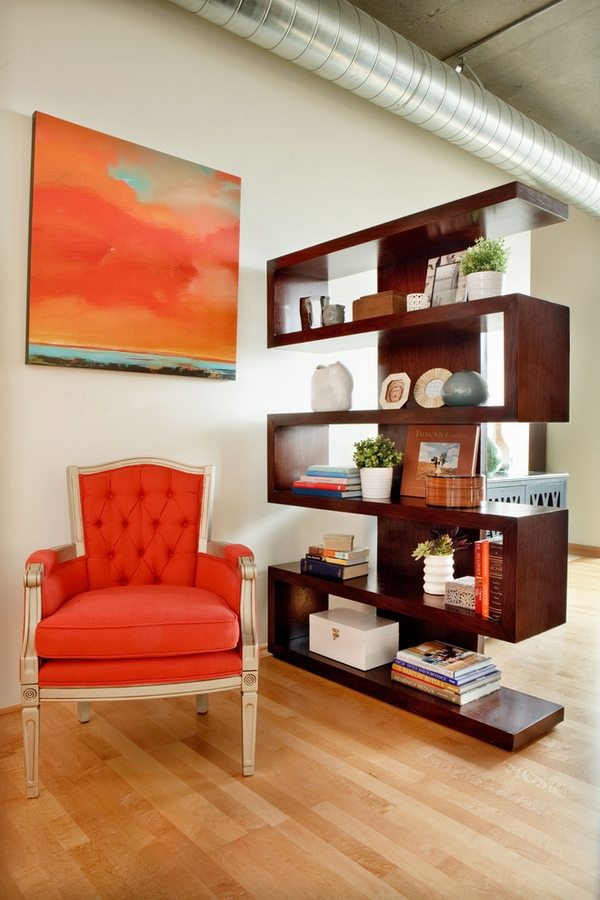
Here’s a pro tip from my own trial-and-error: Mix materials for depth. Pair smooth composite panels with rough-textured stone cladding on a console table. The contrast creates visual interest that store-bought furniture rarely delivers. And don’t get me started on lighting – backlit cladded headboards? Game changer. It creates this ambient glow that makes hotels jealous.
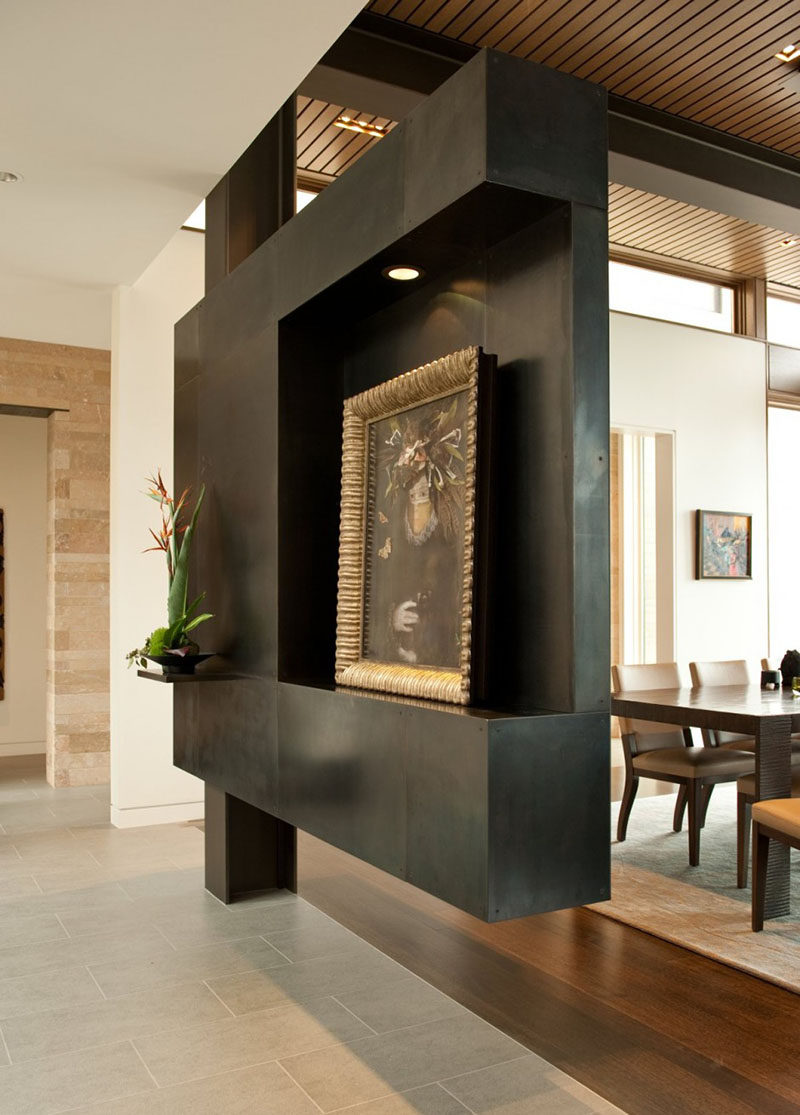
Maintenance-wise, I’ll be honest – some materials need more love than others. That’s why I usually recommend composite cladding for furniture projects. It holds up better to daily wear while keeping that natural look. The best part? You’re not stuck with permanent changes. I’ve helped clients switch up their cladded coffee table panels seasonally – wood for winter, something brighter for summer. Now that’s what I call functional art!
Breathing New Life Into Interior Lighting With Smart Cladding Solutions
Ever walked into a room where the lighting just feels different? That magical ambiance often comes from clever integration of cladding and illumination. I’ve seen how backlit wall panels can transform sterile spaces into cozy retreats – like the time we used frosted composite cladding behind a client’s floating shelves, creating this gorgeous halo effect that made their book collection look curated by a museum.

Why Your Lighting Deserves Better Than Bare Walls
Traditional lighting stops at fixtures, but modern design thinks bigger. When we clad walls with light-diffusing materials like ribbed glass or perforated metal, suddenly your sconces and pendants become partners in illumination. The secret? It’s all about layered lighting. A recent case study showed spaces using backlit cladding required 20% fewer overhead lights while feeling brighter.
My go-to combination? Textured wood-look panels with concealed LED strips. The grooves catch the light differently throughout the day – sharp morning shadows softening into golden afternoon glows. Pro tip: Use warmer tones (2700-3000K) to avoid that clinical lab feel.
Unexpected Places to Try This Magic
- Shower Niches: Waterproof PVC cladding turns medicine cabinet lighting into spa-worthy features
- Stair Risers: Illuminated composite panels become safety features by night and art by day
- Headboard Walls: My client’s midnight-blue cladded bedroom wall hides discreet reading lights

What surprises most homeowners is the maintenance aspect. Unlike fussy plaster walls, most composite cladding materials just need occasional dusting. That ribbed surface you love for its light play? Bonus – it hides fingerprints better than flat surfaces!
The Technical Sweet Spot
Through trial and error (and a few dimmer switch meltdowns), I’ve found these golden rules:
- Keep LED strips at least 1″ from cladding surface to prevent hot spots
- Choose matte finishes over glossy to reduce glare
- Layer with task lighting – nobody wants to chop veggies by wall glow alone
Remember that lighting-cladding combo I mentioned earlier? It’s not just pretty – during winter months, that gently glowing wall adds perceived warmth without jacking up the thermostat. Now that’s what I call smart design!
When it comes to landscaping design, cladding is like your garden’s secret weapon – I’ve used it to solve everything from boring retaining walls to awkward outdoor kitchen transitions. Let me show you how this material can work magic in your yard.
Remember that time I tried building a retaining wall with basic cinder blocks? Looked like a prison yard until I discovered composite wood cladding. Now it’s the star of my backyard with its warm woodgrain texture (check out this stony cladding example). The magic happens when you match materials to your existing hardscape – stone veneer cladding for rustic patios, sleek metal panels for modern spaces.
Outdoor kitchens become next-level when you continue countertop materials onto vertical surfaces. I recently saw a barbecue station wrapped in the same quartz composite as the cooking surface – talk about cohesion! For pathways, textured concrete cladding adds grip without sacrificing style. Pro tip: Use slightly raised cladding panels on steps to prevent moss buildup.
Don’t even get me started on lighting effects. Last summer I installed backlit onyx cladding along a garden wall – the sunset glow through the stone was unreal. And if you’re worried about maintenance (who isn’t?), today’s composite options like those from Plastory can handle foot traffic and weather while keeping their good looks. Why settle for basic landscaping when cladding can turn functional elements into design moments?
After exploring all these creative applications, I’m constantly amazed at how cladding acts like a chameleon in design. Whether framing a cozy reading nook in the garden or giving my patio furniture that designer edge, this material keeps surprising me with its adaptability. Just last month, I helped a neighbor use vertical composite panels to turn their boring concrete retaining wall into a stunning landscape feature – the transformation was unbelievable!
What really seals the deal for me is how companies like Oakio have elevated the game. Their ProShield line literally saved my seaside cabana project from saltwater corrosion, while the natural wood-look planks fooled everyone into thinking we used expensive teak. Check out how their textured finishes create depth in architectural features – it’s like giving buildings a personality makeover!

From practical solutions (who knew cladding could hide ugly AC units so beautifully?) to pure aesthetic magic (backlit bathroom walls anyone?), the possibilities feel endless. The real kicker? Most modern composites require less maintenance than my houseplants. If you’re still thinking of cladding as just exterior wall covering, you’re missing out on half the fun – why not wrap your next coffee table or create floating shelves that look carved from stone?
Curious where to start? I always recommend beginning with high-traffic areas like entryways or outdoor kitchens. The instant visual upgrade gives that designer satisfaction without breaking the bank. Trust me, once you see how cladding can turn functional elements into showstoppers, you’ll start seeing wrapping opportunities everywhere – I’m currently eyeing my dated fireplace surround!
Cladding Materials Demystified: What Works Best for Your Project?
When I first started researching cladding options for my patio renovation, the material choices felt overwhelming. Let me save you some headache – the big four contenders are wood, composite, stone, and metal. Each brings its own personality to a project, kind of like how different fabrics change an outfit’s vibe.

Wood’s the classic choice that never really goes out of style. I’ve got a friend who used cedar cladding for their garden shed – five years later, it’s developed that beautiful silvery patina that makes it look like it’s always been part of the landscape. But here’s the catch: you need to commit to regular maintenance unless you want it looking weathered before its time.
Composite materials are the new kids on the block that everyone’s talking about. I took the plunge with composite cladding for my backyard bench area last summer. What sold me? The idea of having wood’s warmth without the annual sealing ritual. Six months in, coffee spills and leaf stains still wipe right off – though I’ll admit the initial cost made me gulp.

Stone cladding’s that showstopper material that makes neighbors peek over the fence. My cousin went all out with natural stone for his outdoor kitchen – talk about luxury! But between us? The installation required pros and practically doubled his project timeline. Metal’s the sleek modern option that’s gaining fans, especially in contemporary designs. Aluminum cladding I saw at a recent home show had this cool industrial-chic vibe that’s perfect for urban spaces.
Here’s the real talk: there’s no ‘best’ material, just what’s best for your situation. Ask yourself – how much elbow grease are you willing to put in long-term? What’s your budget really like? Pro tip: mix materials like composite accents with natural stone for that designer look without breaking the bank. Whatever you choose, make sure it sings with your home’s personality!
When it comes to weathering the elements, cladding materials are like superheroes with different capes – some handle rain better than others. From my experience renovating coastal properties, I’ve seen how material choice makes or breaks a project. Traditional wood might charm you with its natural look, but let’s be real – it can turn into a maintenance nightmare when humidity hits. That’s where modern composites swoop in as the weather warriors.
Picture this: Last summer, we installed composite cladding on a lakeside cabin. Six months later, it still looks fresh despite constant splashes and sun exposure. The secret? These engineered materials combine wood fibers with plastic polymers, creating surfaces that laugh at UV rays and shrug off moisture. Check out how this 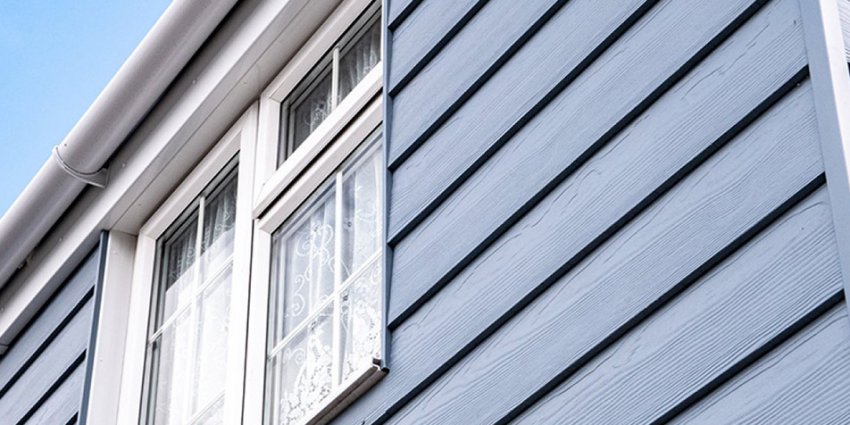 holds up against heavy rain and this
holds up against heavy rain and this  in winter conditions.
in winter conditions.
But wait – not all heroes wear the same cape. Metal cladding shines in fire-prone areas (literally!), while stone veneer handles freeze-thaw cycles like a champ. Pro tip: Your local climate should dictate your choice. Desert dwellers? Focus on UV resistance. Snowbelt residents? Prioritize thermal stability. Coastal folks? Salt corrosion resistance is your holy grail.
Here’s the kicker: Modern composites aren’t just durable – they’re shape-shifters. I recently used a textured composite that mimics weathered barnwood so convincingly, even carpenters did double-takes. The best part? No seasonal resealing or repainting. Just occasional soap-and-water love keeps it looking sharp year after year.
So next time you’re planning an exterior update, ask yourself: Do I want a high-maintenance diva or a low-key performer? For 90% of homeowners I’ve worked with, composites strike that perfect balance between tough and tender. But hey, if you’re after that authentic patina that only real weathering creates, maybe traditional materials are your jam – just be ready for some TLC!
When it comes to installing cladding, here’s what I’ve learned from trial and error: lighter materials like composite or wood can actually be DIY-friendly if you’re handy with basic tools. I remember helping my neighbor install composite panels on their garden shed last summer – with just a cordless drill and some patience, we had it done over a weekend. But let me tell you, when it comes to stone or metal cladding, that’s where things get tricky. The weight alone can be a backbreaker, not to mention the specialized cutting tools required.
For simpler projects, you might get away with watching a few tutorial videos and giving it a shot yourself. I’ve found that wood cladding particularly forgives minor mistakes – a little caulk here, some touch-up paint there, and most imperfections disappear. But here’s the kicker: professional installation isn’t just about avoiding hard work. When we tried installing metal cladding around our fireplace, the thermal expansion issues we hadn’t considered caused buckling within months. That’s when we called in the pros – turns out there’s an art to leaving proper expansion gaps!
Check out these metal roofing installation photos versus these composite decking images – see how the complexity differs? My rule of thumb: if your project involves structural elements, heavy materials, or complex angles, save yourself the headache. The initial cost of professional installation often pays off in longevity. Plus, many contractors offer warranties you just can’t get with DIY. Ever tried finding someone to fix your botched stone cladding job? Yeah, neither have I – because no one wants to touch it!
Here’s something they don’t tell you in instruction manuals: even simple installations require proper moisture barriers. That guide I found online saved my bathroom cladding project from becoming a mold festival. Bottom line? Know your limits. I’ll happily tackle wood paneling any day, but when my friend wanted stone veneer on their entire exterior? I literally handed them my contractor’s business card. What about you – have you ever bitten off more than you could chew with a home improvement project?

